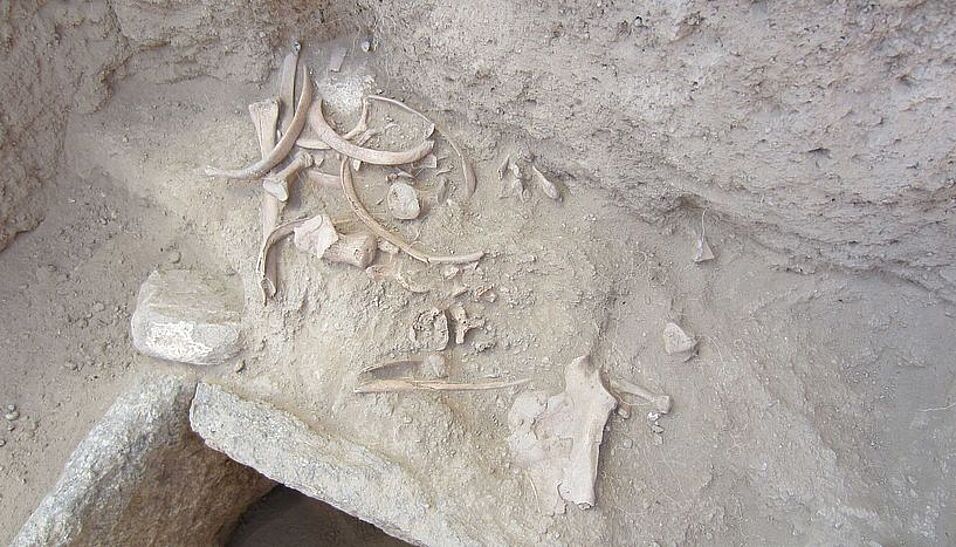Insights answer longstanding questions about the origins of farming and the source of Indo-European languages in South and Central Asia. Study increases the worldwide total of published ancient genomes by some 25%. Geneticists, archaeologists and anthropologists from North America, Europe, Central Asia and South Asia analyzed the genomes of 524 never before-studied ancient individuals. The work increased the worldwide total of published ancient genomes by about 25 percent. By comparing these genomes to one another and to previously sequenced genomes, and by putting the information into context alongside archaeological, linguistic and other records, the researchers filled in many of the key details about who lived in various parts of this region from the Mesolithic Era (about 12,000 years ago) to the Iron Age (until around 2,000 years ago) and how they relate to the people who live there today. "One of the most exciting aspects of this study is the way it integrates genetics with archaeology and linguistics," said Ron Pinhasi of the University of Vienna, co-senior author of the Science paper. "The new results emerged after combining data, methods and perspectives from diverse academic disciplines, an integrative approach that provides much more information about the past than any one of these disciplines could alone." "The formation of human populations in South and Central Asia" Narasimhan et al., Science 365, eaat7487 (2019)
News & Events
Largest-ever ancient-DNA study illuminates millennia of South and Central Asian prehistory

© Michael Frachetti
